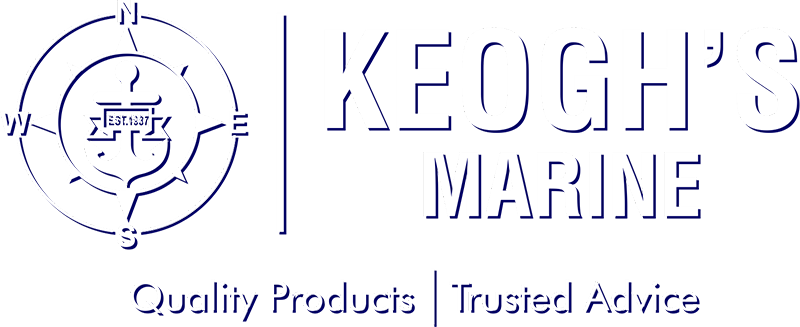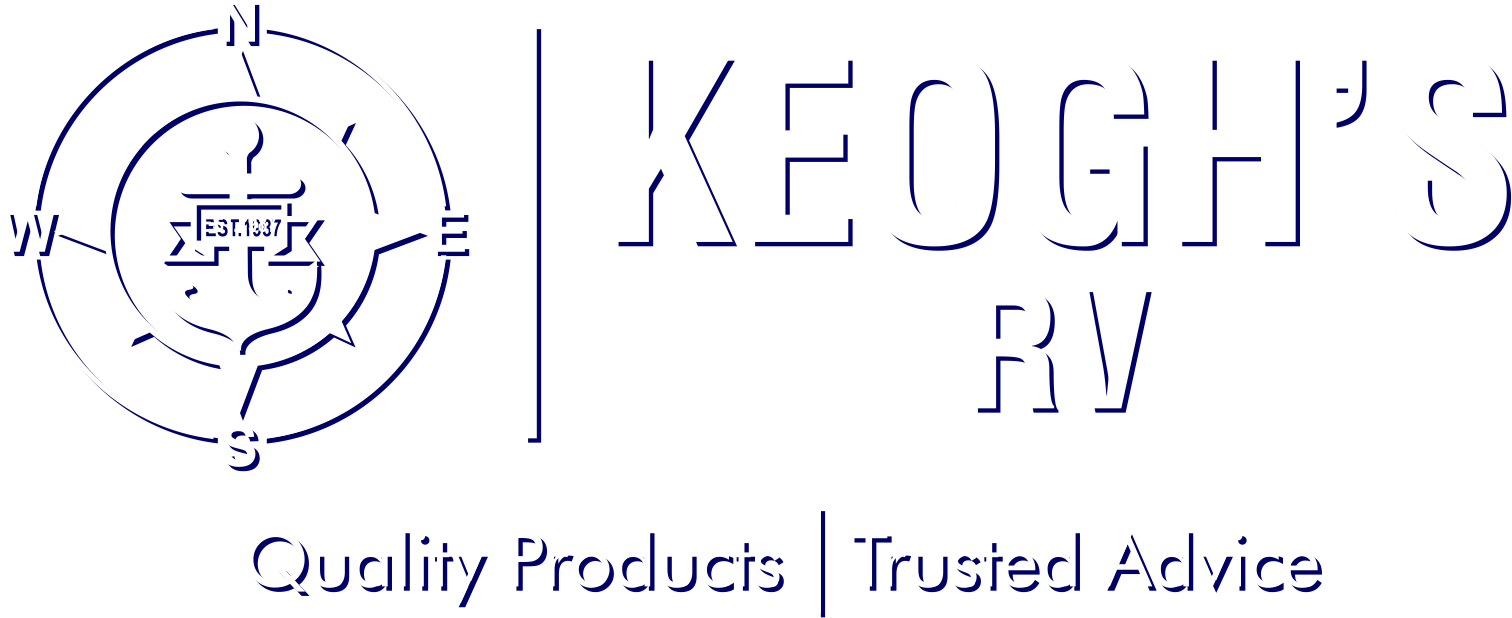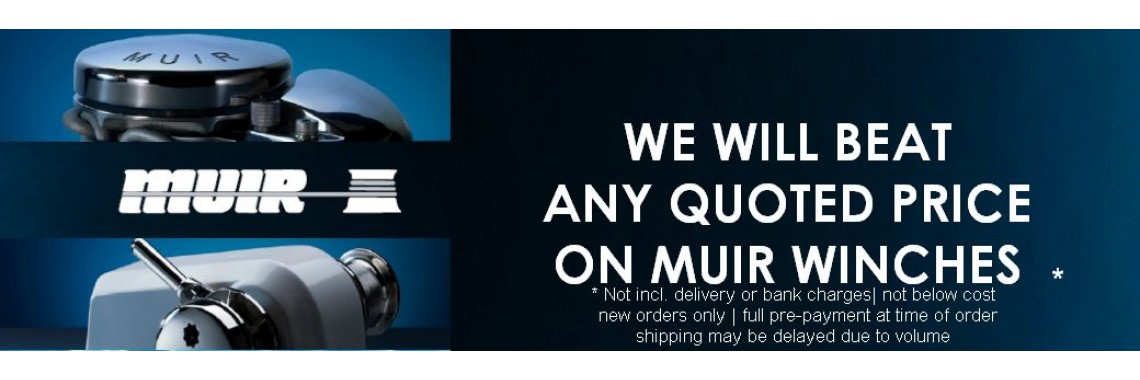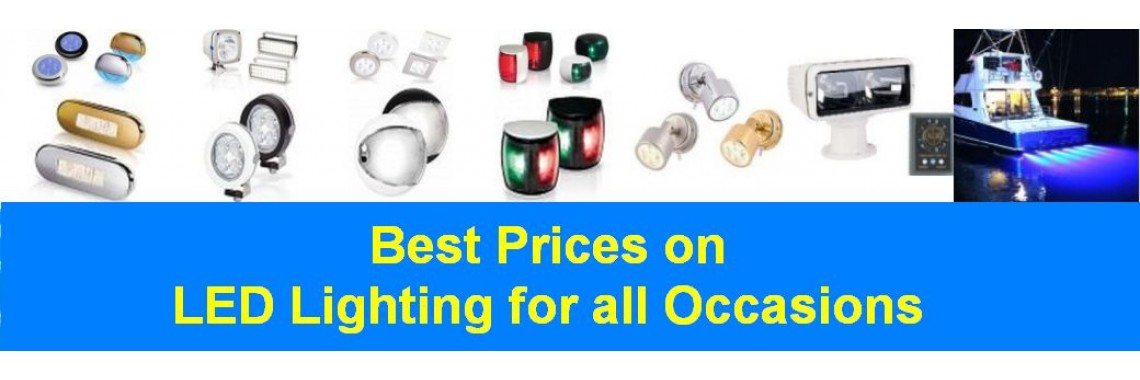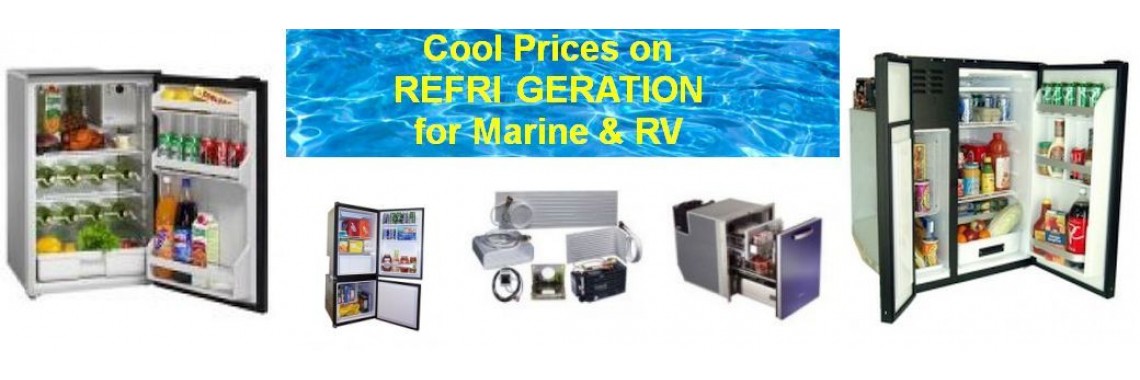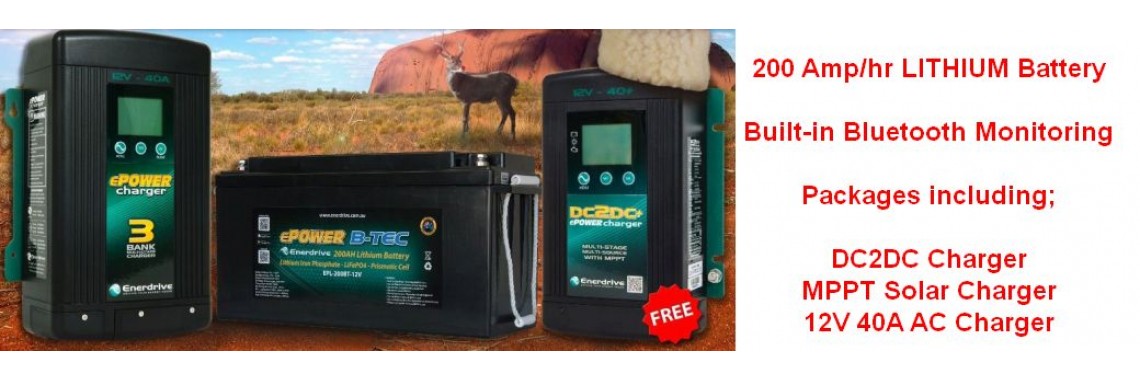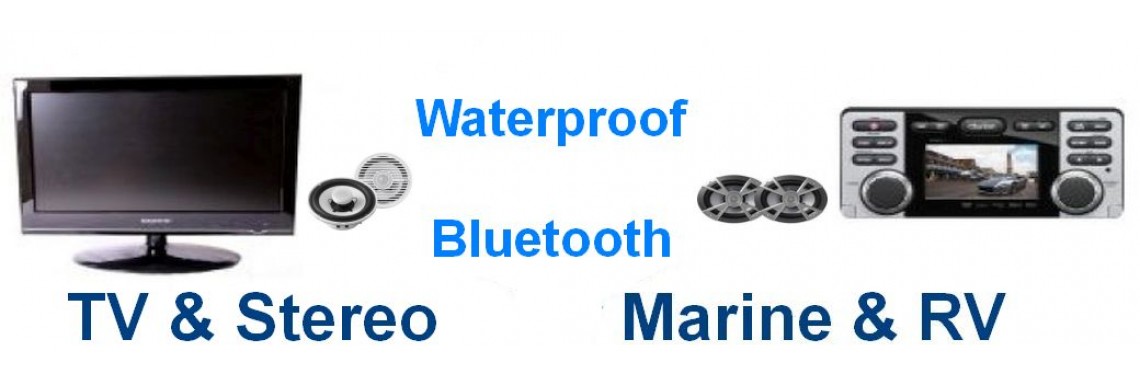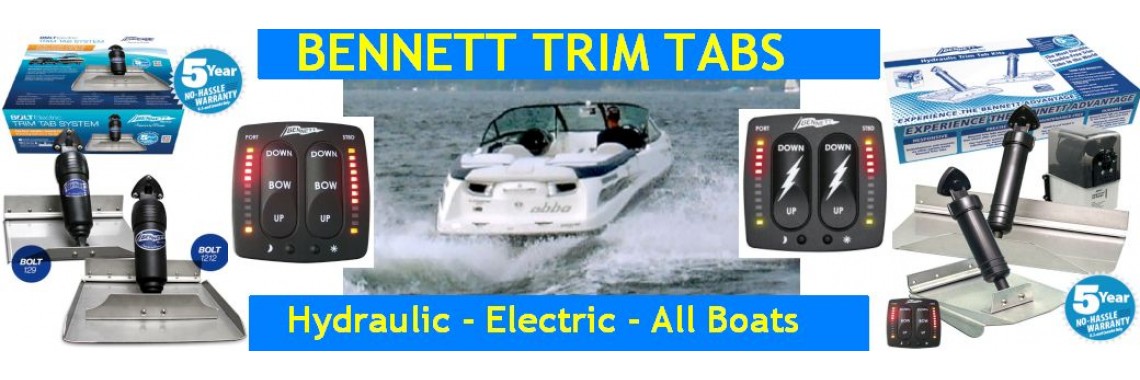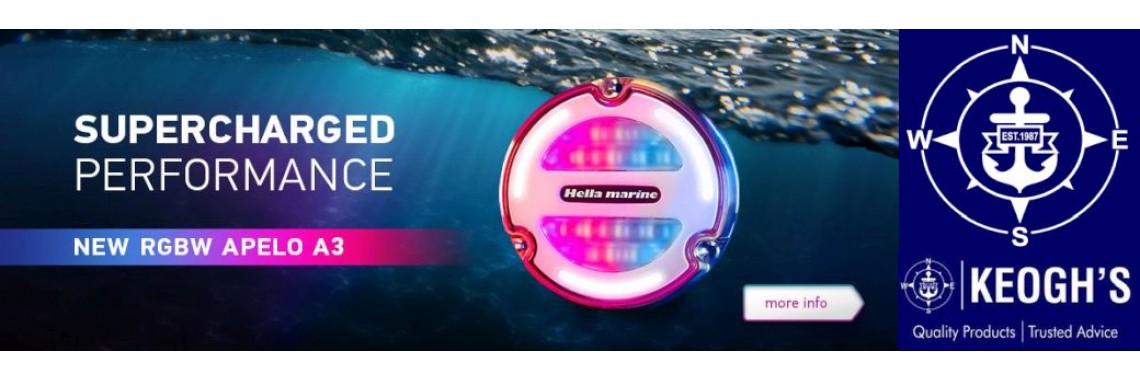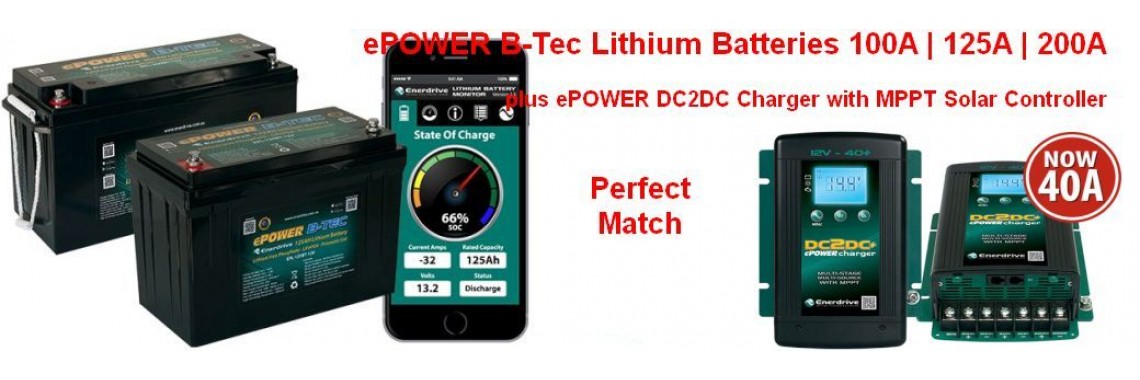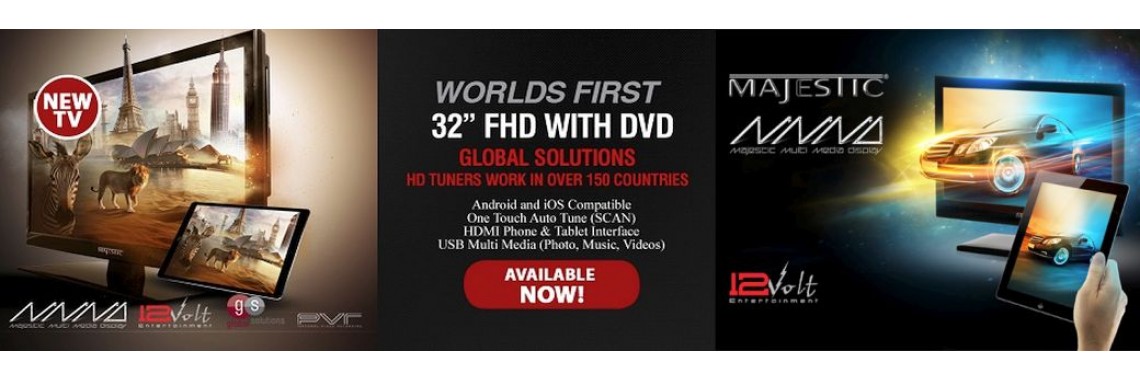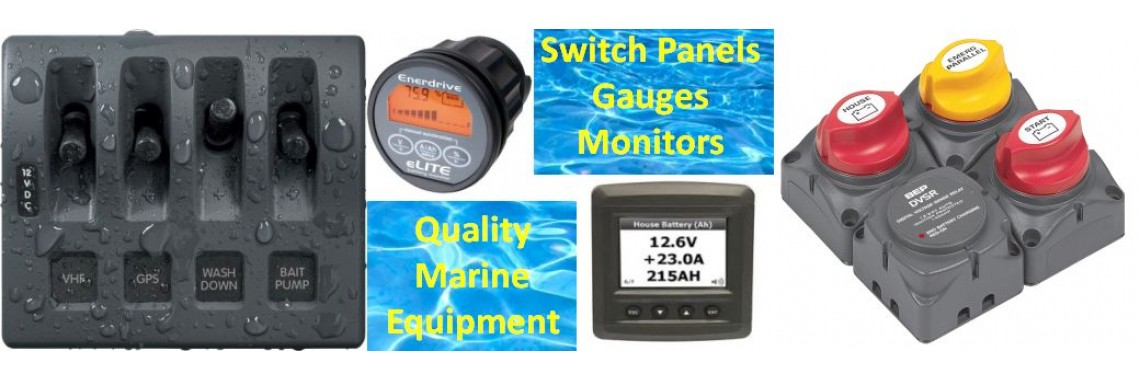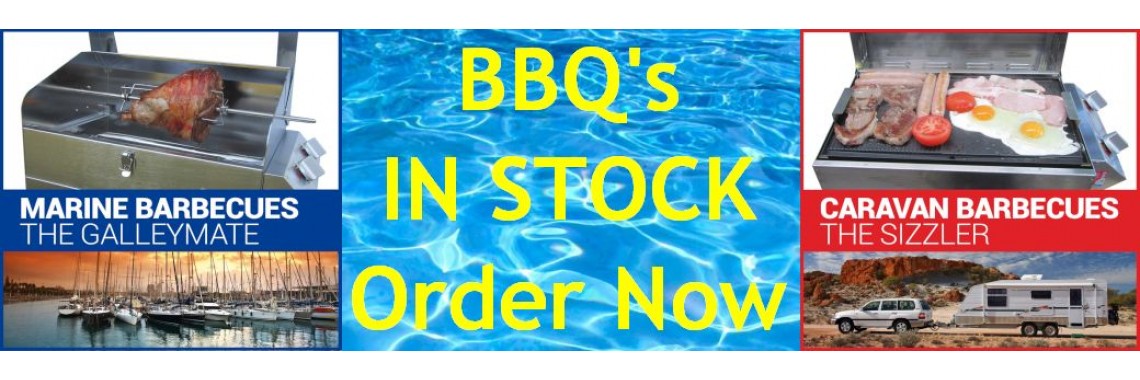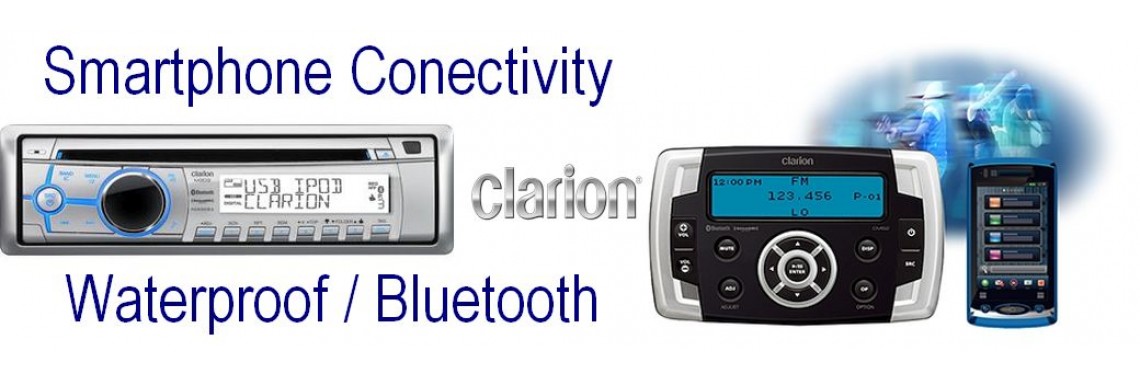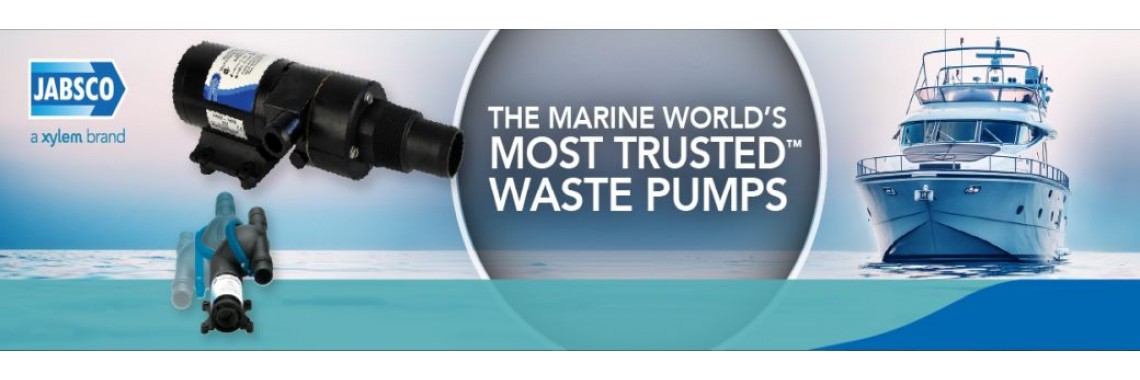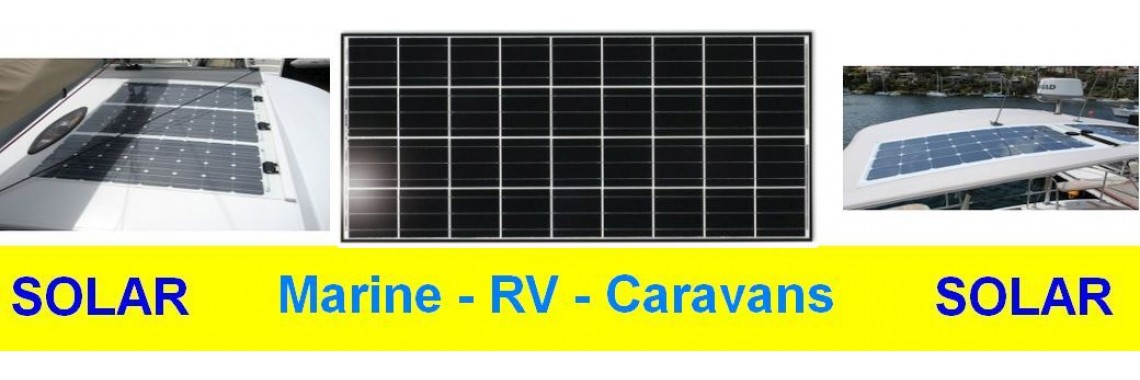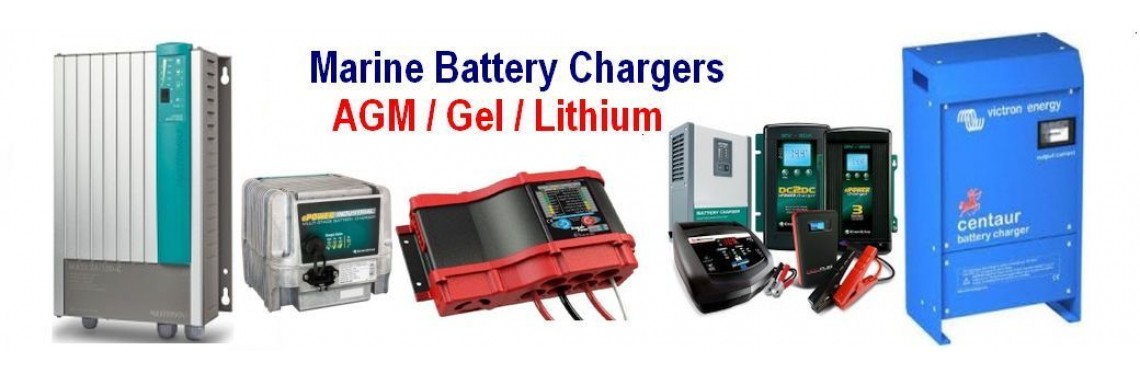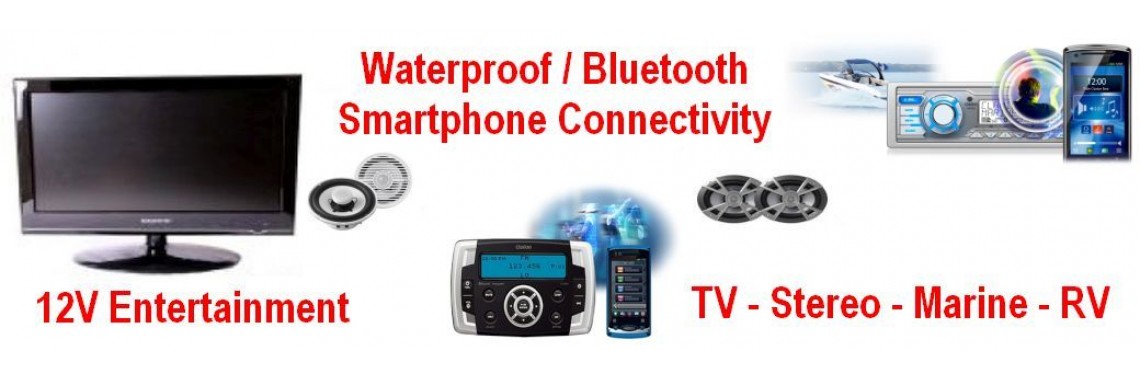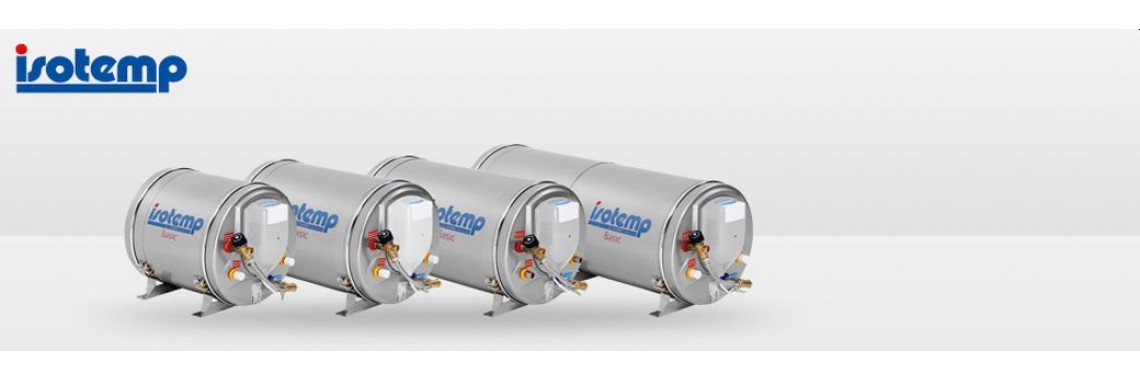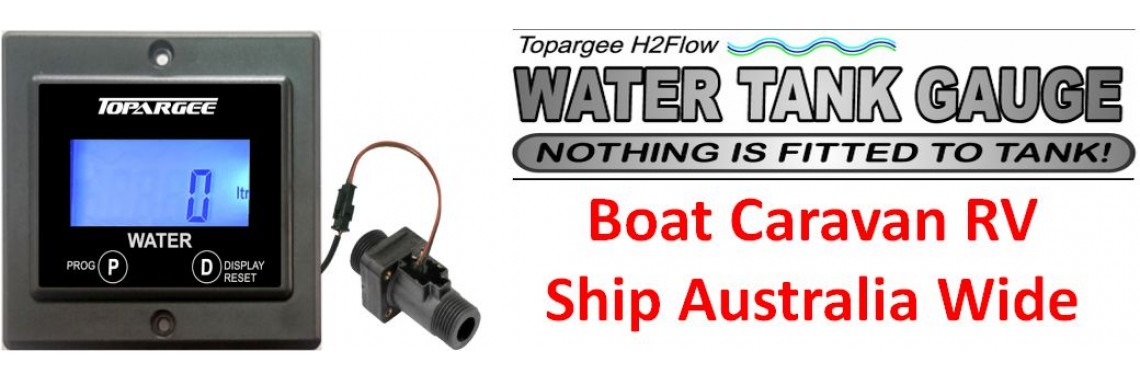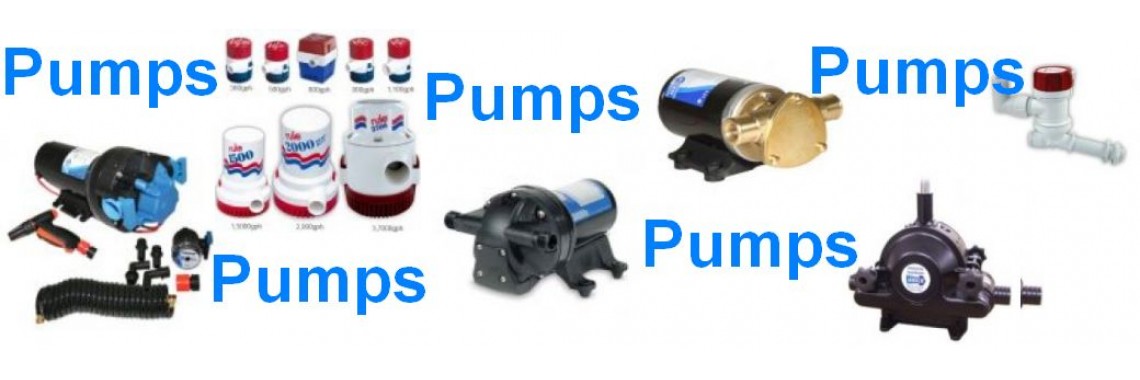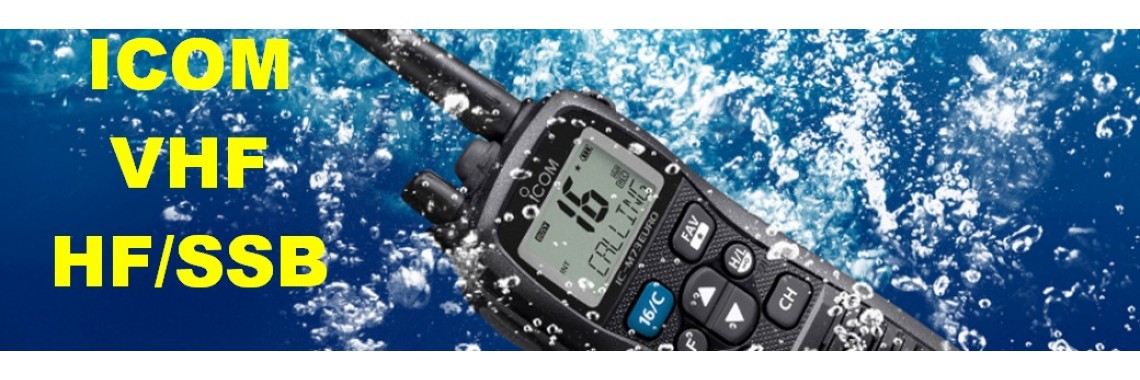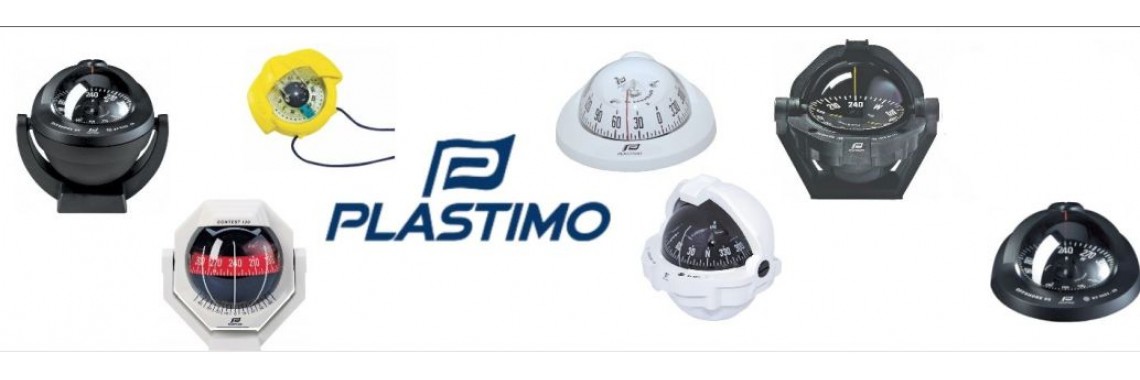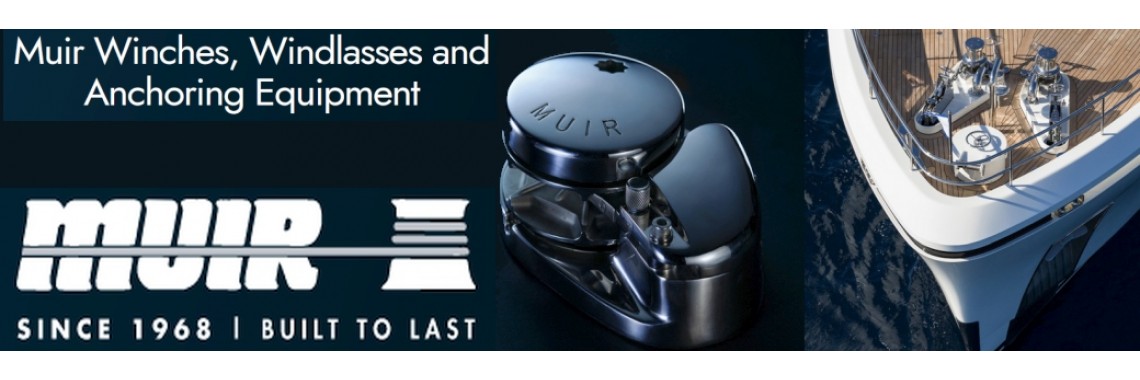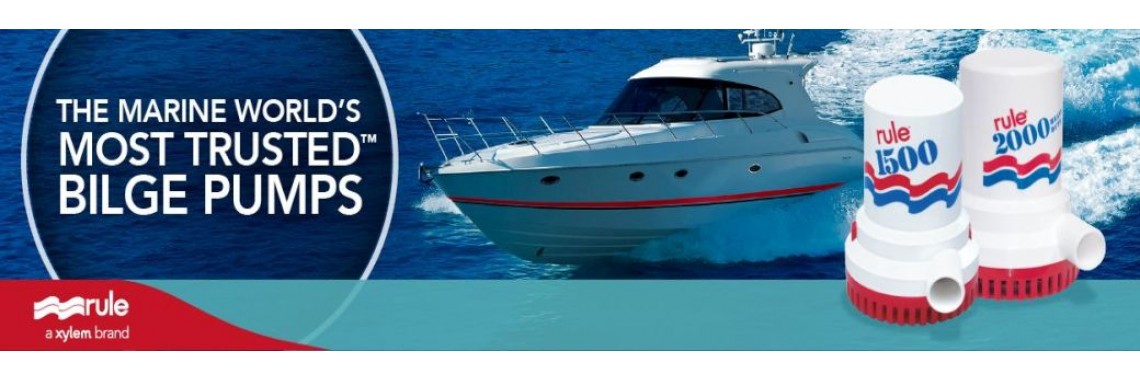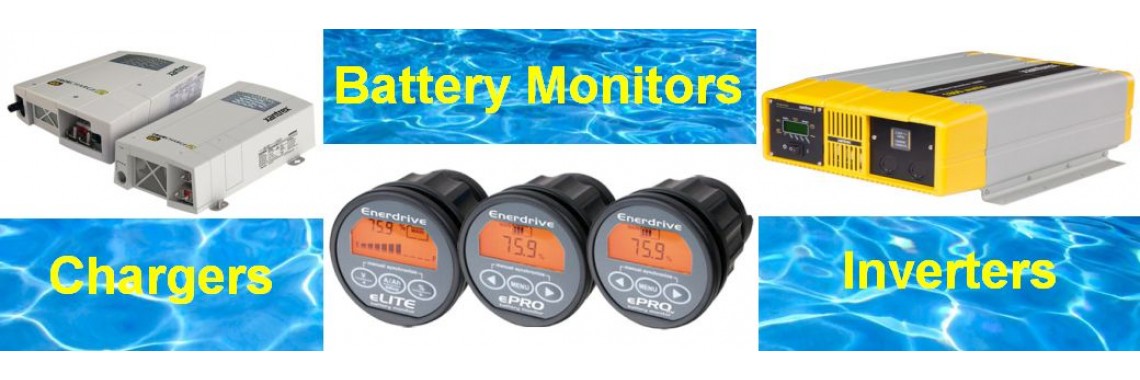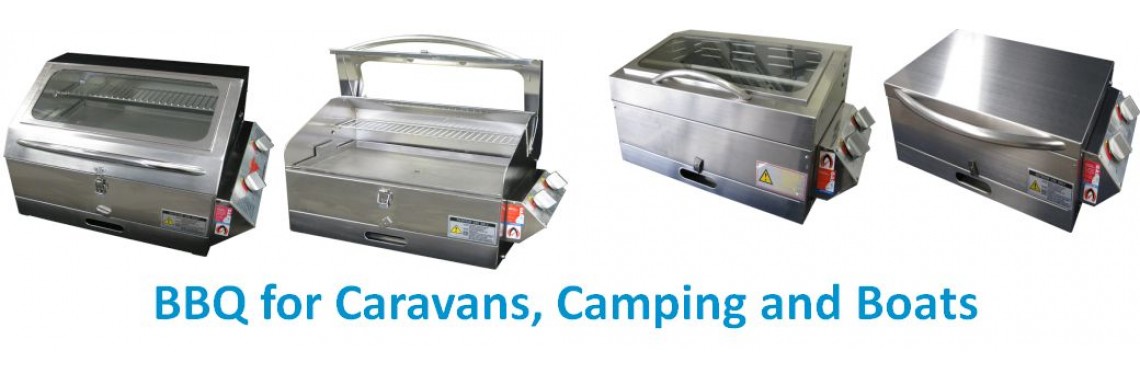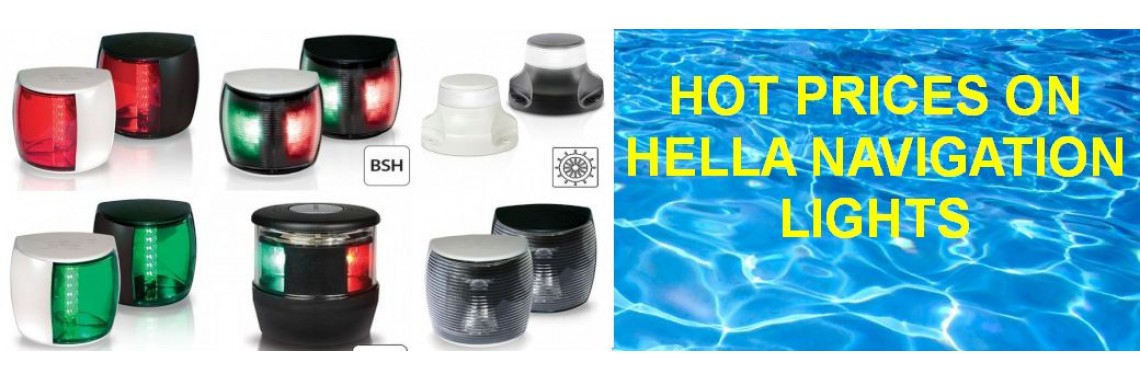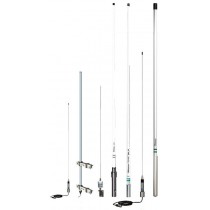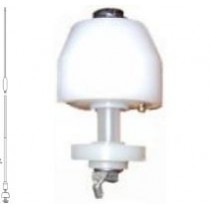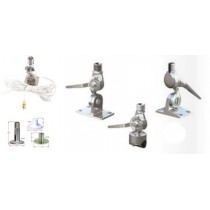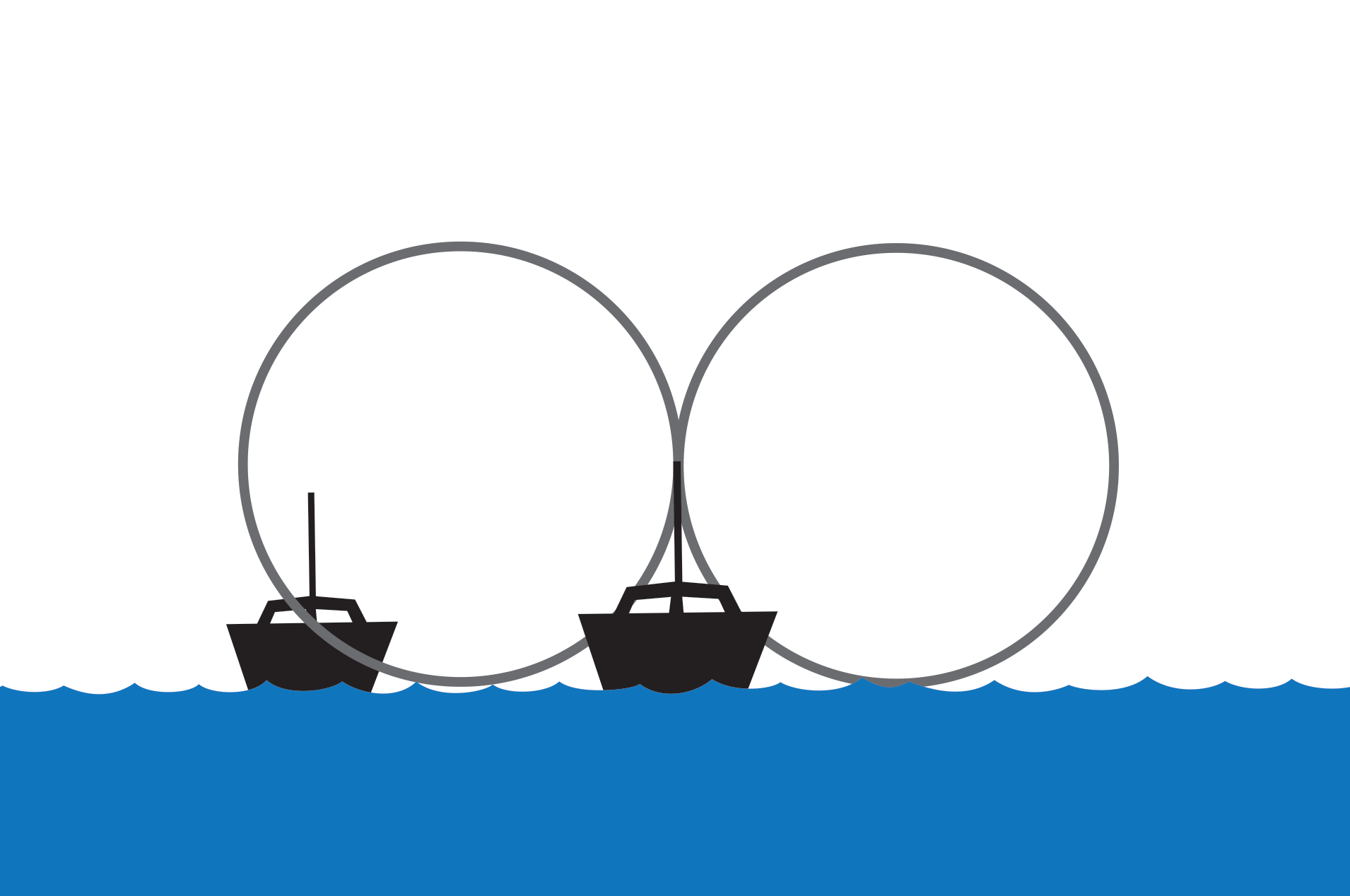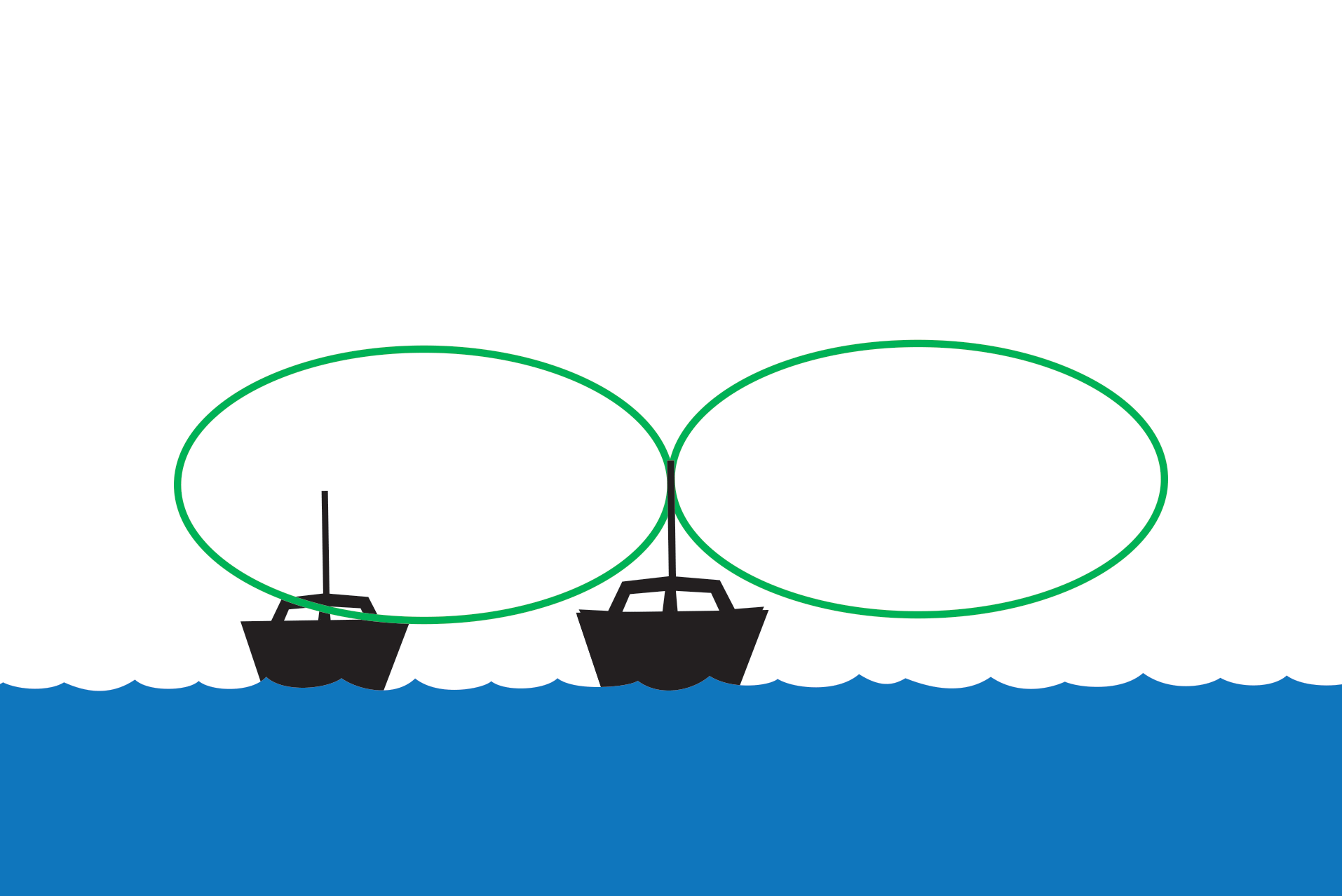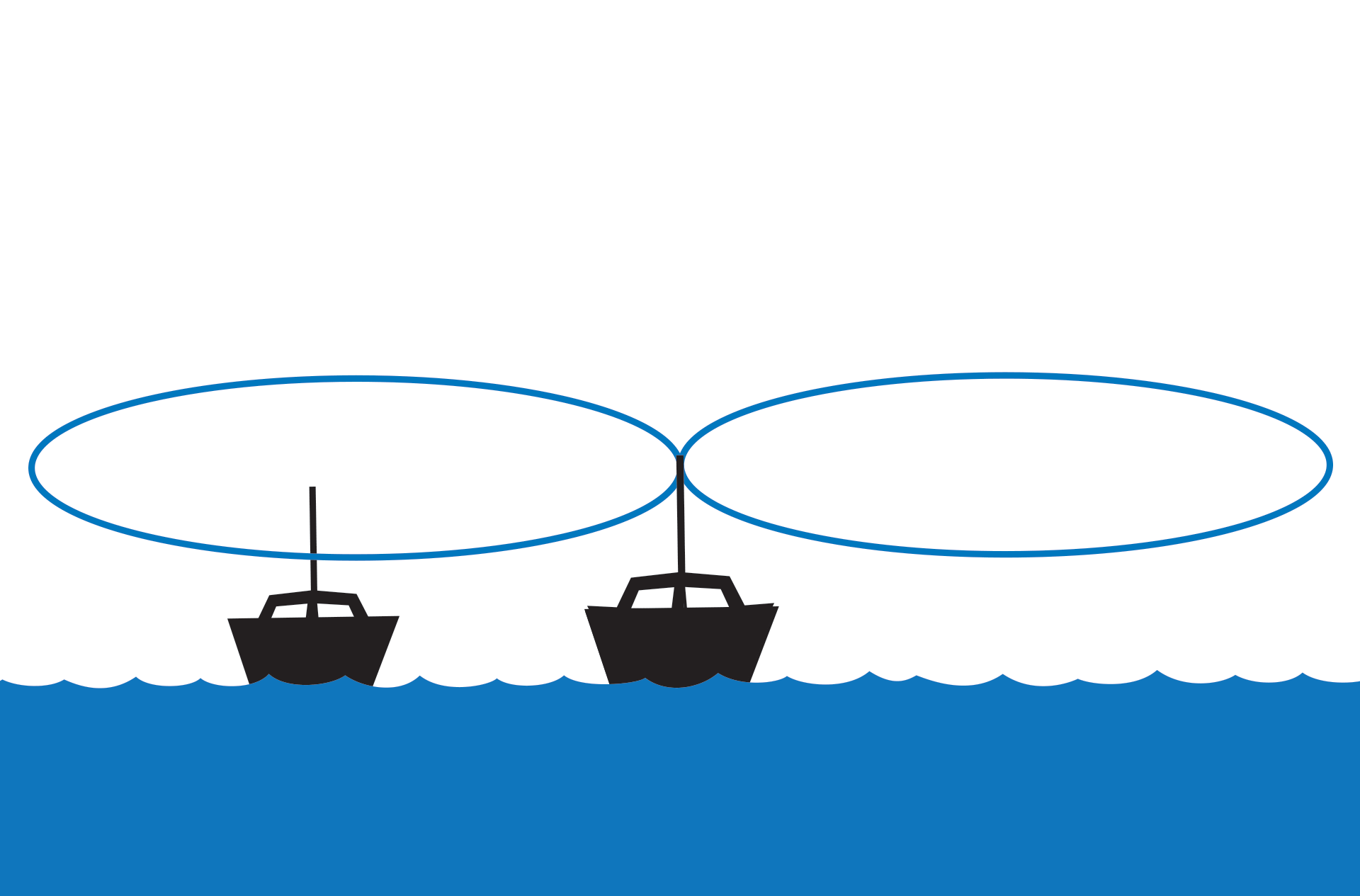Aerials and Mounts VHF-AIS-HF-AM-FM
Aerials and Mounts VHF-AIS-HF-AM-FM
TIPS ON CHOOSING THE PROPER ANTENNA
Antenna Length – When deciding on an antenna, height is of paramount importance. For clearing low bridges or other obstacles, consider a ratchet-style antenna mount to avoid damaging the antenna. TIP: The higher an antenna is mounted, the greater your range.

Gain - Gain is the transmission pattern of your antenna, measured in decibels (dB). The higher the dB, the farther the range.
- As gain increases, beamwidth is narrowed.
- Small, lightweight boats, which tend to roll excessively in heavy seas, normally do not use an antenna with a gain rating higher than 6dB.
- Larger or more stable vessels can use higher gain antennas effectively.
Beamwidth – Beamwidth, in generalized terms, is the angular separation between the half power points on an antenna’s radiation pattern. The relationship between gain and beamwidth is important when selecting an appropriate antenna. As gain increases, beamwidth is compressed or narrowed. A narrow beam can cause fading in rough or rolling seas. Small, lightweight boats, which tend to roll excessively in heavy seas, normally do not use an antenna with a gain rating higher than 6dB. Larger or more stable vessels can use higher gain antennas effectively.
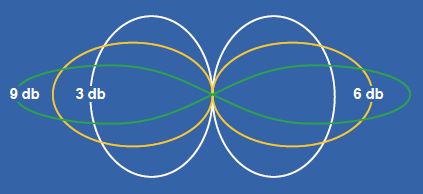
Low Angle Radiation - Shakespeare helped boaters manage the gain vs. beamwidthcompromise by pioneering low angle radiation techniques in the 1960’s, and incorporating this technology into our line of marine antennas. Low angle minimizes fading while maximizing range, even during excessive boat roll in turbulent seas. A normal angle does not offer as much range and wastes power in non-effective areas.
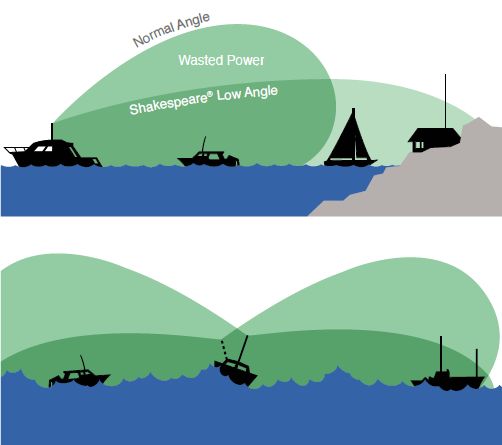
Performance, durability, & other features.
Drown out the noise from other radios and the environment by having an efficient transmission system. An efficient transmitter improves the strength of signal and the amount of noise that another listener would hear from you. Would you pair a low quality speaker to a high quality stereo system? The same applies to your antenna.
The factors (within your control) that can improve the efficiency of your transmission are:
- Quality of your antenna elements
- Quality of your coax
- Quality of your connectors
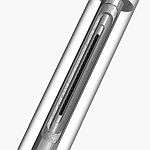 |
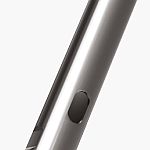 |
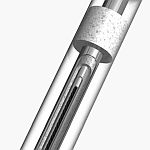 |
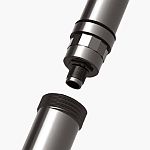 |
|
Element Type Better elements, better efficiency, better range. |
Fittings Stainless Steel | Chrome Brass | Nylon |
Construction Ethafoam spacers protect the elements from vibration for greater durability. The outside shell is called the radome. A thicker radome also increases durability. |
Removable An antenna with a removable connection is easier to stow and replace. |
Built to last
Our pioneering ideas have made Shakespeare® the most trusted brand in the industry, and you can always depend on our products for superior performance. Shakespeare fiberglass antennas are built with precision — hand-soldered connections, brass and copper elements, strong mechanical joints, and superior electronics. The radiator and electrical elements are then encased in our exclusive Shakespeare fiberglass radomes.
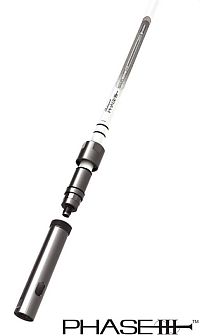 |
|
CONSTRUCTION
|
|
ELEMENTS
|
|
FERRULE
|
|
CONNECTOR
|
|
COAX CABLE
|
|
AVAILABLE BANDS
|
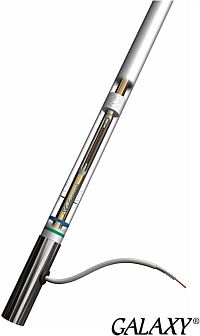 |
|
CONSTRUCTION
|
|
ELEMENTS
|
|
FERRULE
|
|
CONNECTOR
|
|
COAX CABLE
|
|
AVAILABLE BANDS
|
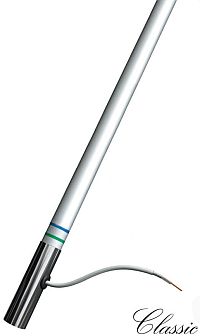 |
|
CONSTRUCTION
|
|
ELEMENTS
|
|
FERRULE
|
|
CONNECTOR
|
|
COAX CABLE
|
|
AVAILABLE BANDS
|
A FINAL WORD - The greatest tip to keep in mind is that no matter how much you pay for your radio, its performance will be directly proportional to the quality and performance capabilities of the antenna. Don’t compromise... Insist on genuine Shakespeare.
There are no products to list in this category.
